Be the savviest trekker by reading the best tips for Everest Base Camp Trek, the best trekking tips to make you the world's savviest trekker. We make countless errors during our travel, like displaying foolish behavior and cultural unawareness. So this is when travel tips come in handy. On one fine day, you seamlessly move through airports and diverge yourself into an entirely new place and culture, which requires prior information before taking a plunge.
Nepal is a paradise for trekkers! Everest Base Camp Trek will take you to some hidden natural beauty you can explore, like the Himalayan culture, the region's biodiversity, and the Himalayan lifestyle's splendor. Thinking of a trek, you have forever dreamt of. Then the Everest Base Camp trek is the one!
Join us on this trekking journey and get prepared for the trek with our best 35 tips!
So, we bring thirty-five tips for the Everest Base Camp Trek if you fancy taking this trek because prior preparation is crucial. Nepal Hiking Team would love to see you soon.
Where's the adventure? An adventure sounds like everyone's dream, while "preparation” is something that makes your roller coaster adventure easy. Are you curious yet? Then, let’s find out how you can make your Everest Base Camp an incredible trekking journey in the snow-capped Himalayas of Nepal.
First comes the Everest Itinerary and Map
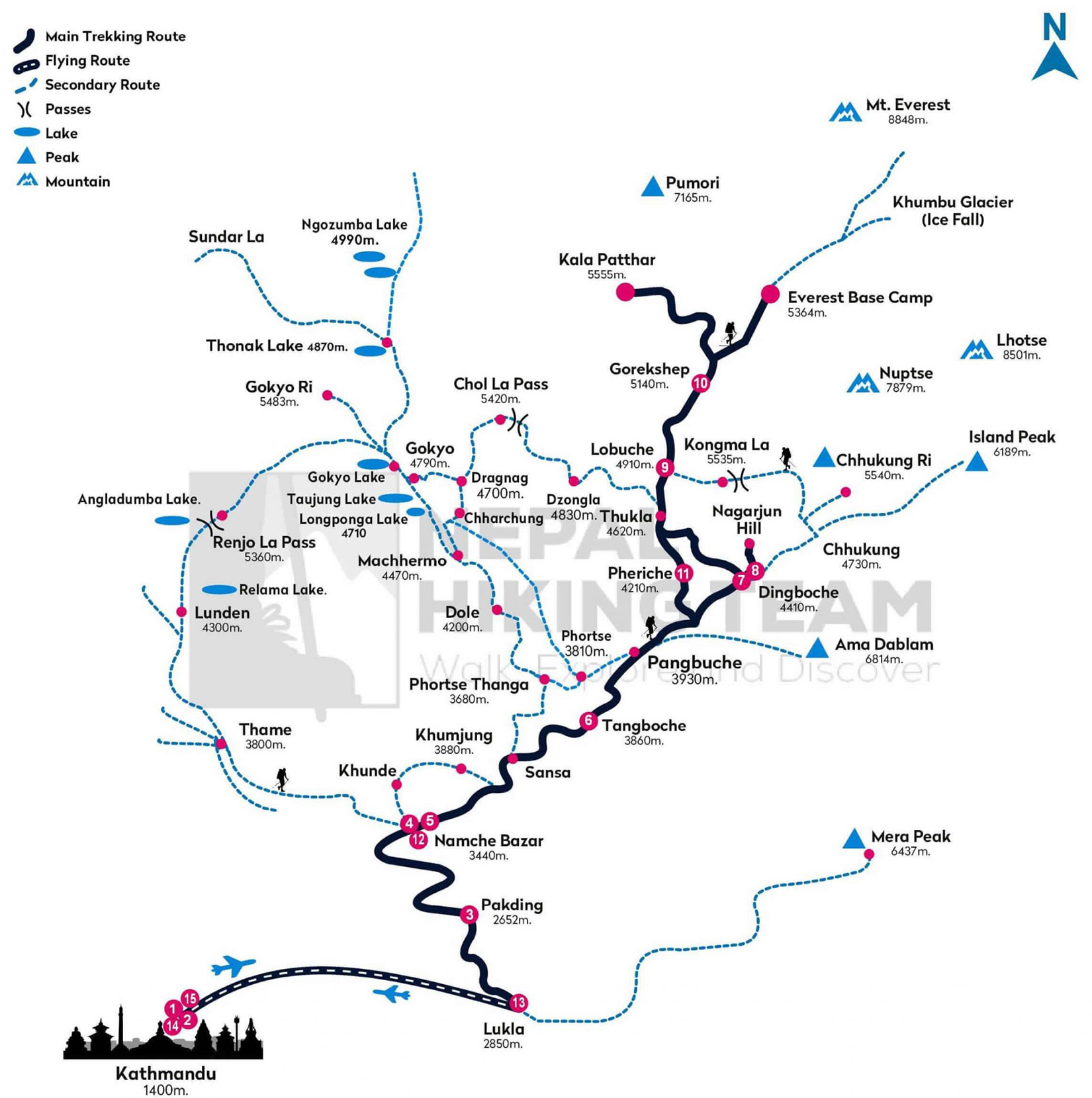
Not all itineraries are suitable for everyone. So, we suggest you choose the itinerary best suits your experience and fitness level. A good fitness level is required, and beginners are recommended not to select an itinerary of short duration despite their physical fitness. Acclimatization is crucial for the trekking journey due to altitudinal changes. Apart from a good fitness level, it's challenging for trekkers to adapt to harsh weather conditions.
We, Nepal Hiking Team, have crafted a special itinerary unlike any other trekking companies. We have scheduled two buffer days in Kathmandu extra for jet lag recovery, preparation, and other situations so that this trek is flexible for all trekkers with customization options. Apart from buffer days, we have also included two acclimatization days during the trip to Everest Base Camp in key locations like Namche Bazaar and Dingboche.
Time, an ideal time that suits you
Everest Base Camp trek can be done any time of the year but the best time to do this is spring and autumn. Although it's the busiest trekking trail during these seasons, the weather conditions are more favorable, and the trekking trail is at its best. However, for anyone looking forward to enjoying the trek in seclusion, the summer and winter seasons are also moderately favorable enough, although there are chances of extreme weather conditions that may cause hitches.
Nonetheless, it allows you to enjoy the trek in seclusion. Winter likewise is also a good time with spectacular mountain views. The Everest Base Camp Trek is available throughout the year, and it's up to the trekkers and their preferences when choosing the right time.
Professionals make it all easy so go with a professional trekking company.
Choosing the best professional trekking company is always advisable because navigating the trekking journey alone isn't safe enough, although one can find tons of information on google regarding EBC trek. Trekking in a high altitudinal zone requires a good trekking guide who can navigate you through the right trail and assures safety and utmost assistance. It may cost you extra money, but it's worth the money as these trekking companies have other agencies who deal with immediate emergencies, such as handling flight delays and communication issues. A good trekking company ensures that the trekkers make the most of their journey.
Train before you trek
Maintaining good physical fitness is crucial, as hiking at a great height with heavy backpacks isn't easy. Moreover, the Everest Base Camp trek starts from a good deal of elevation of 2850 m/9350 feet above sea level up to 5545 m, where the ultimate trekking point of Everest Base Camp finishes. So, this means that one needs to be physically fit. We recommend that you be aware as you will undergo significant altitudinal changes in this trek. Seek advice from experienced trekkers who have done the Everest Base Camp trek before.
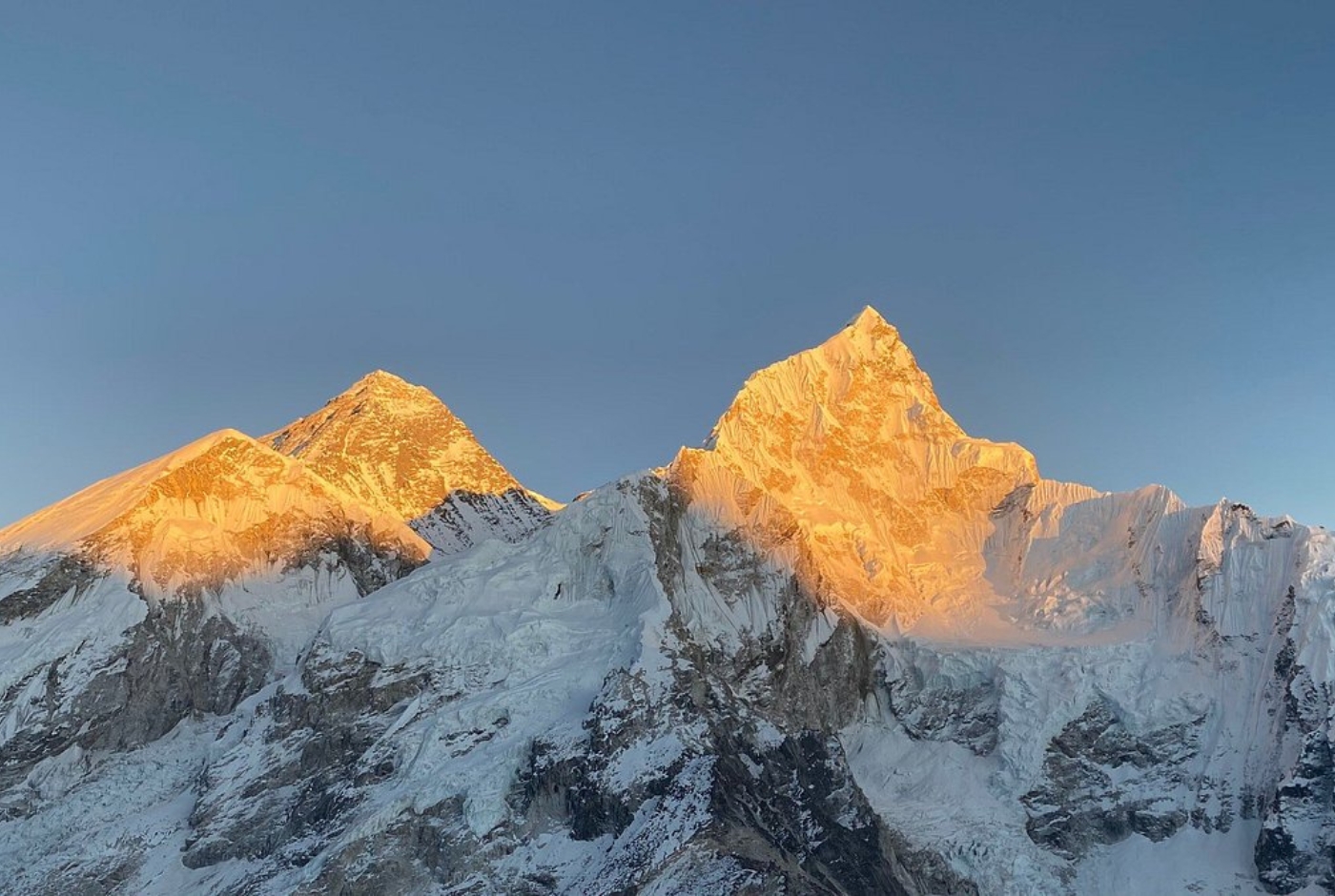
Acclimatization may be another setback for beginners due to altitudinal changes. Therefore, prior preparation is always a good idea. Nepal Hiking Team would like the trekkers to do cardio workouts and strength-building exercises to increase their stamina and endurance to resist the weather and hikes that include attitudinal changes. At least four to five months of training before you embark on this trip will be ideal.
Only the Essentials
Carrying only the essentials is what Nepal Hiking Team will suggest to the trekkers. Beginners usually carry non-essential things due to a lack of information but carrying only the essentials is a must. You must stay within 15 kg of luggage limit per person, which includes a day backpack because the flight from Kathmandu to Lukla has strict baggage limitations. A list of essentials before you pack your luggage is of great help. If you want a hassle-free and enjoyable trek, keep your daypack light and carry only the essentials. Checkout the complete packing list for Everest Base Camp trip in our blog section.
We provide each trekker with a duffle bag of 70-liter capacity to pack their essentials required for the trek, which is carried by a porter (25 kg per porter). Moreover, for better support, we also provide trekkers with a sleeping bag, down jacket, and an Everest Base Camp Trek hand map.
Don't just buy a shoe- invest in wearability, treat your feet well.
Your shoes make your hike easy and comfortable, so good trekking shoes or boots are an essential aspect of the trek. It is recommended that you don't use new trekking shoes or boots as this may give you blisters, making your journey difficult. Therefore, when you buy your trekking shoes, make sure you use them a couple of times before using them for long trekking trails like the Everest Base Camp. Shoes with good ankle support are waterproof and, most importantly, comfortable for the legs. Make sure you are comfortable with the fit of your boot or training shoes. Do not wear boots and shoes in worn-out condition. Never compromise with footwear on a multi-day trek!
What's in your wallet? Enough cash
It is best to carry enough cash before you begin your trek. Although there are ATMs available in Namche, in many situations, you might find these ATMs not working well, so don't rely upon ATMs if you are trekking in remote areas. Henceforth, calculate your expenses beforehand with the help of your guide and carry cash accordingly. Also, bringing a little more than the estimated amount is wise. Similarly, ensure you are taking Nepali currency, not a foreign one because only Nepali currency is accepted on the trail.
You are in good hands with good travel insurance.
Travel insurance is a life savior for people trekking in the mountains of Nepal. Covering more than 5500 meters of height during the trek is not an easy task. However, you might be in your best health and reasonable fitness level. Altitudinal sickness may affect your health, so that that travel insurance may come in handy in such situations. For instance, insurance coverage may help during an emergency evacuation. Not all insurance policies cover high altitudinal sicknesses, so be mindful to check the insurance coverage before leaving home.
Fall in love with the sky and be prepared to enjoy the adventure
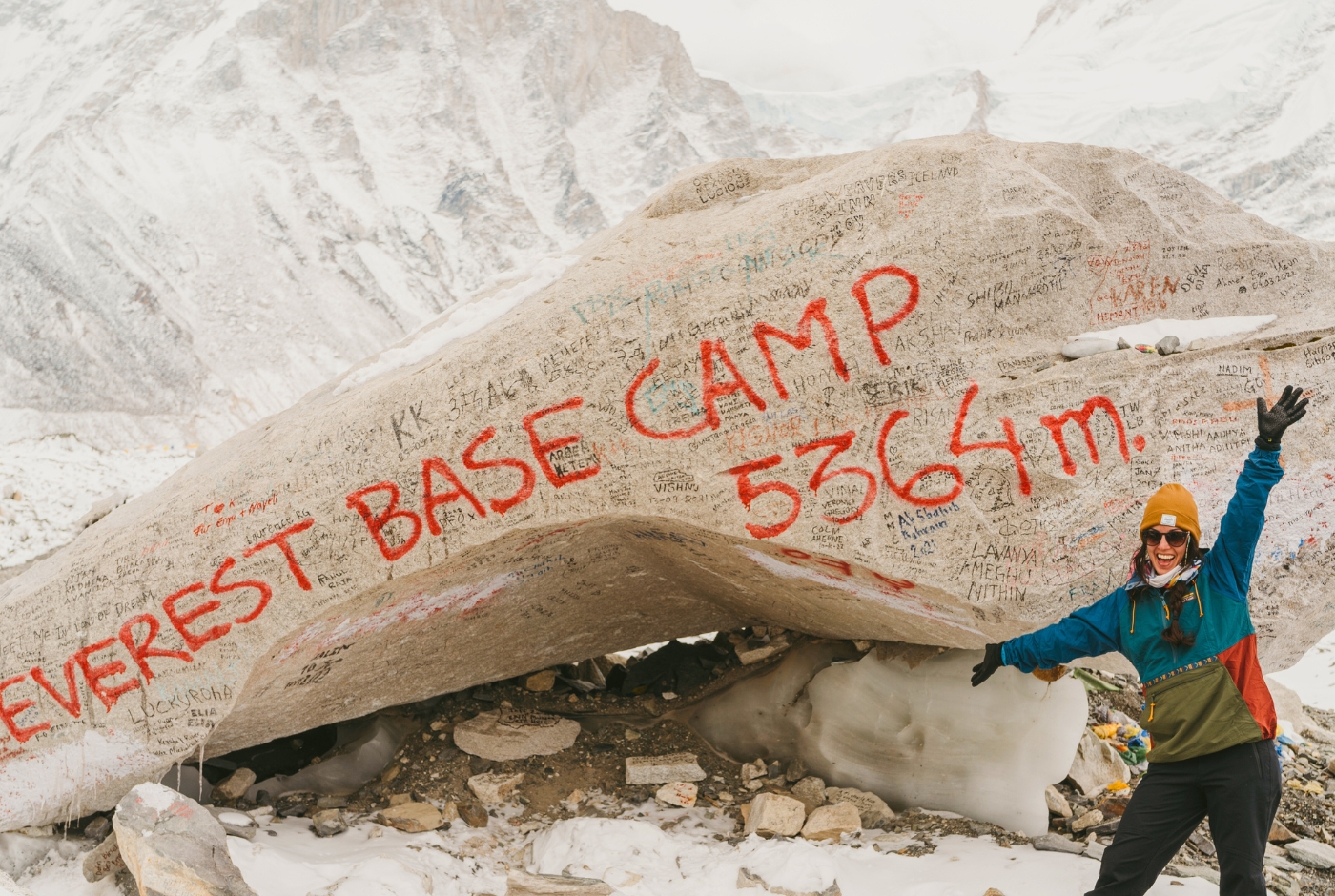
The EBC treks begin with a challenging flight journey to Lukla airport, one of the world's most dangerous airports. Although it's an exciting journey because of the awe-inspiring views, landing at an altitude of 2800 meters will give you goosebumps. Moreover, book the best seat on your flight to Lukla to see the best views from your window seat.
Prepare to cross the bouncy suspension bridges.
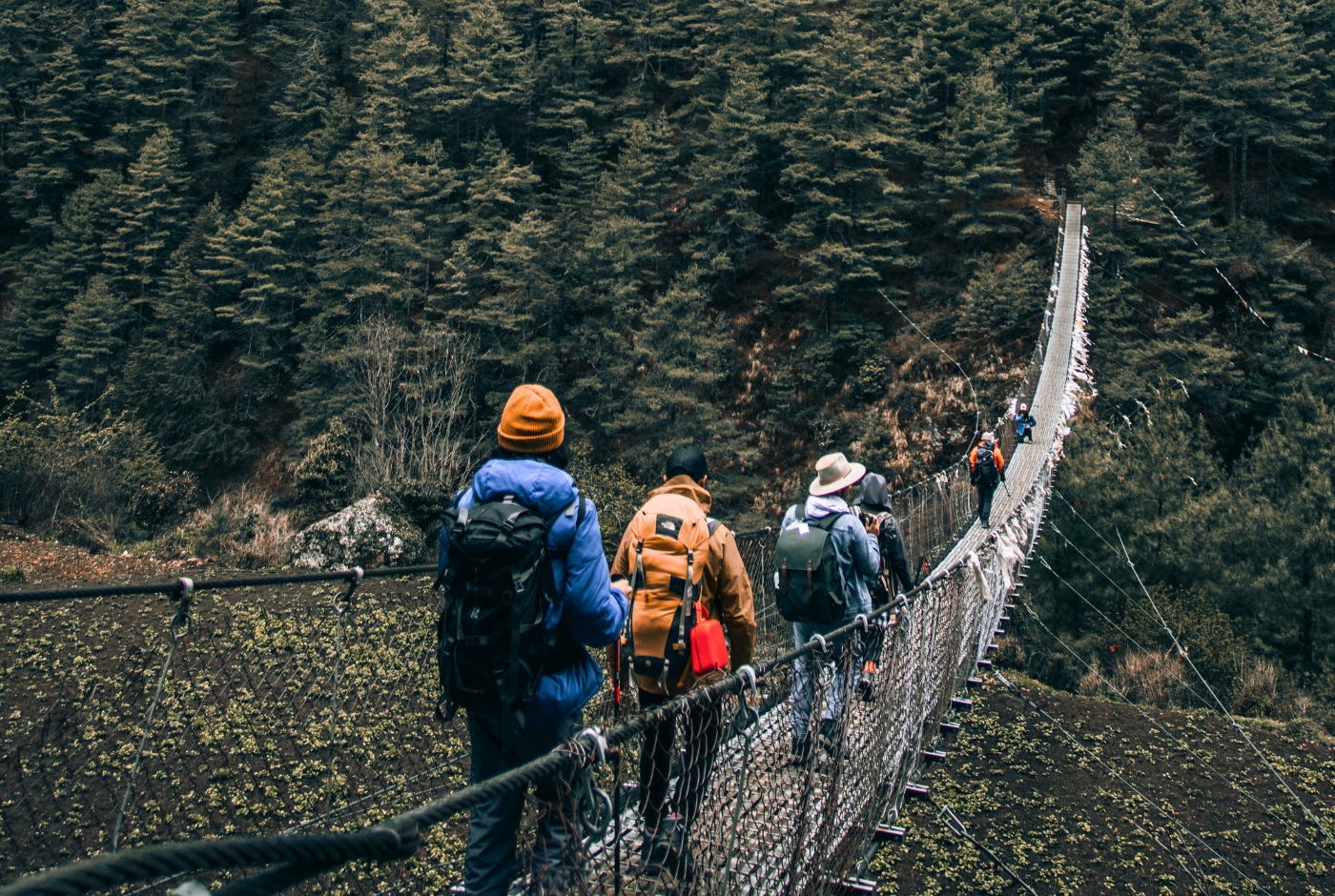
During the first two days of your trekking journey, you will likely lose count of the suspension bridges you will come across. Many fear passing through wobbly and shaky suspension bridges, but these bridges are safe and in good condition. While crossing bridges, taking certain precautions is a wise thing to do. Beginners and trekkers with vertigo concerns may find it challenging to cross these bridges.
Mountains don't come to you. You have to go, so take your time and walk slowly.
Maintaining a good pace while trekking is significant, as it helps adapt to the surrounding temperature. When your body doesn't adapt to the surroundings, it invites other concerns, such as altitude sickness. On the whole, remember that you are not running a marathon. You are here to enjoy the scenery and thus maintain a good pace while walking. A steady walk is what we recommend.
Don't wait; hydrate! Every sip count.
Drink plenty of water and hydrate while on the trail. Carrying an extra bottle is a wise decision. The human body loses water when you climb greater heights. Therefore, staying hydrated is vital. Drinking 3.5 to 4 liters of water helps cover higher elevations. Diamox gives you a dry mouth, meaning you might like to drink at least 5 liters of water a day. Most villages have an identified drinking water source from a pipe or hose along the trail. Stay hydrated to avoid all uninvited illnesses when on a trek.
Altitude and altitude sickness

With increasing altitude, the oxygen level decreases above 2500m and has a high probability of affecting your health. Altitude sickness is common among hikers, which may be dangerous at times. One should be aware of the signs and symptoms of altitudinal sickness, although it varies among individuals. You should be aware of the signs and symptoms of altitude sickness, which include constant headaches, weakness, dizziness, nausea, loss of appetite, no sleep, and breathing problems. In such situations, immediately notify your guide or the trek leader.
Eat what's right when on the trek
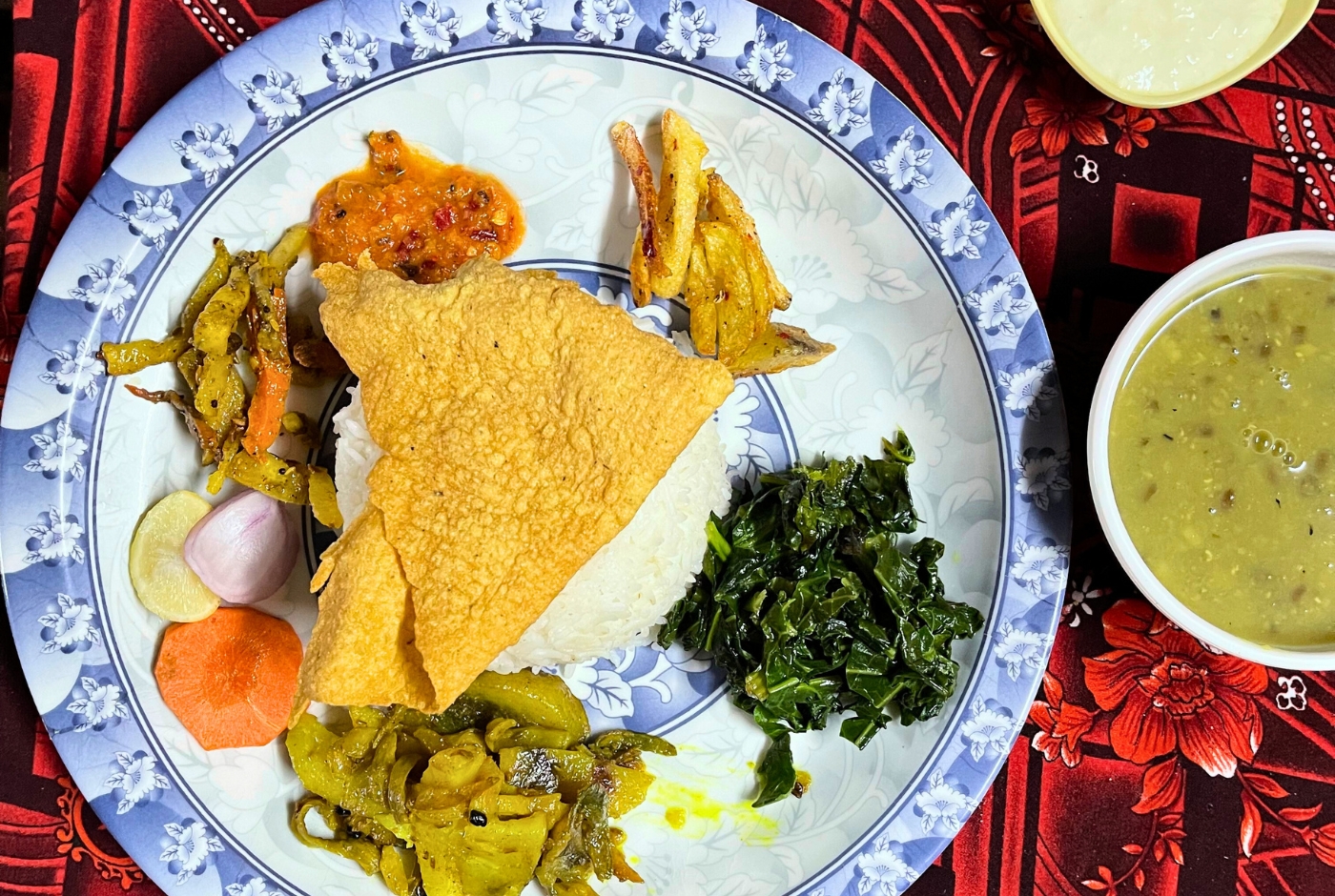
The food you eat during Everest Hike will serve as the fuel that gets you started, keep going and recover after a strenuous hiking trip. Therefore, eating balanced nutritious food is essential so that you feel great to tackle any trail. Trekking is not only about adjusting to the environment but is also about making your stomach susceptible to it. And trekkers need to understand that high altitudes are not as receptive to the stomach as it is to the lung. It becomes difficult to digest food in higher altitudes. However, lightweight, filling, nutritious meals are easy to digest.
Similarly, drinking freshly made vegetable soup or any other soup is healthy, keeps you warm, and helps in dealing with altitude sickness. Since you will burn many calories daily, eat food that will give you protein, carbohydrates, fiber, and electrolytes to replenish your body. Dry fruits and freshly picked fruits are also nutrient-rich and easy to digest.
Altitude sickness sometimes occurs as a result of improper consumption of food. According to nutrition science, a rich carbohydrate diet helps sustain energy and proper acclimatization in the mountains. Protein intake should be minimal during a trek because your digestive system is already under stress, and breaking protein will take longer. Non-vegetarian food is rich in protein and adds stress to our digestive system. This extra stress exerted on our digestive system can lead to High-Altitude Flatulence Expansion ( HAFE ) and other stomach irritations in our body.
Love your trek, and stay away from alcoholic drinks.
A good source of electrolytes is essential to keep you refreshed and energized during trekking. Therefore, sugary drinks aren't healthier and are not recommended. Similarly, consumption of alcohol only invites more severe cases such as hypothermia. It decreases the body's temperature and causes dehydration. Instead, drink hot tea, soup, or other healthy beverages.
Shower to relax and be ready to use the different shower facility.
The temperature of the water has different benefits for health. Hot showers have been said to activate the parasympathetic nervous system, thus helping us relax, giving us good sleep, and relieving respiratory issues. The teahouses charge extra for hot showers. Hot showers in lower trekking regions like Lukla, Phakding, and Namche are readily available at a lower price, but it becomes expensive when you summit higher altitudes. Also, getting taps with hot running water in the higher elevated destination is challenging, so you may have to take a bucket shower.
Sleeping in higher altitudes and risk involved
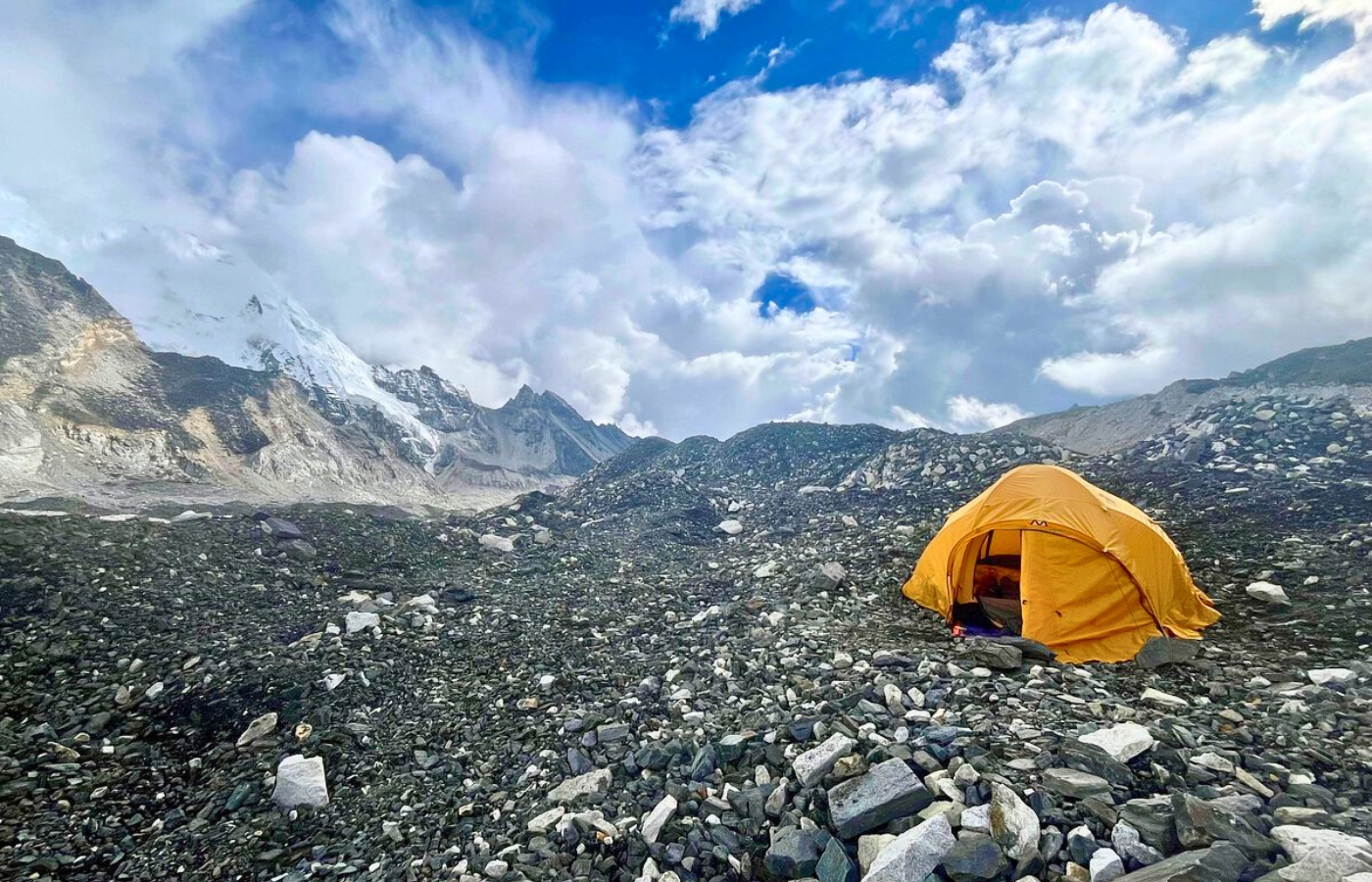
Sleep is a critical component. Hence it is essential to get good sleep after a strenuous trek. Therefore, sleeping in lower altitude regions is crucial. Although itineraries are approved beforehand, which sometimes results in sleeping at higher altitudes, you may like your travel agency to consider this while making your trip itinerary. Sleep at high altitude is characterized by poor subjective quality sleep, increased awakenings, frequent brief arousals, and periodic breathing, which may lead to sleep disturbances with frequent awakenings and a feeling of lack of air.
We recommend all the trekkers to visit Mount Everest Base Camp during sunrise or sunset time and stay avoiding atyaing for a night there. During the night time there is high risk of Acute mountain sickness, avalnches in base camp and other issues as well.
Drink only filtered Water.
Drinking filtered water is an utmost priority for trekkers. On your trekking trail, you may find various water sources; hence, if you are drinking tap water or spring water, ensure you have filtered it well. Water from some water resources is unsafe. Properly sterilize your water before you drink it.
Eat snacks in between meals.
A quick small snack is essential when you are trekking. These snacks can be in the form of nutrition or energy bars containing vitamins and minerals to refuel your body and healthy fats. Similarly, energy chews or gels also offer the same benefits as nutrition bars with added nutrients and electrolytes. Fruits and dry fruits are perfect for munching during trekking. Seaweed is a good dried vegetable option as it is lightweight, crispy, and delicious. This way, you are providing a good source of energy to your body to sustain the trek.
Toilets are surprising, so check everything works before using them.
People mainly check the toilets or the showers when they travel as it plays a vital role in people's health, and a clean toilet is a basic need. Although you can find both western toilets in lower regions, it's very likely to find more squat toilets in higher elevations. Another thing to remember is that it's essential to check the toilets before using them, like checking the tap water.
Stay connected with a local sim card.
It is a brilliant idea to pick up a local SIM card while trekking in Nepal to be in touch with your family and friends. You will require an unlocked phone set, tablet, or iPad and, of course, a pre-paid SIM to make calls or to use the internet. Most importantly, it is easier to contact local bodies in emergencies. Moreover, in the lower region, internet connection is good, and access is readily available. At higher altitudes, internet connection isn't good enough, so a local sim card is the easiest way to connect.
Even though Wi-Fi is available at some locations (with extra cost and instability), and due to the unreliability of local SIM cards, it is better to inform your loved ones and family members beforehand about the conditions before heading to higher altitudes.
Be patient and expect flight delays and cancellations
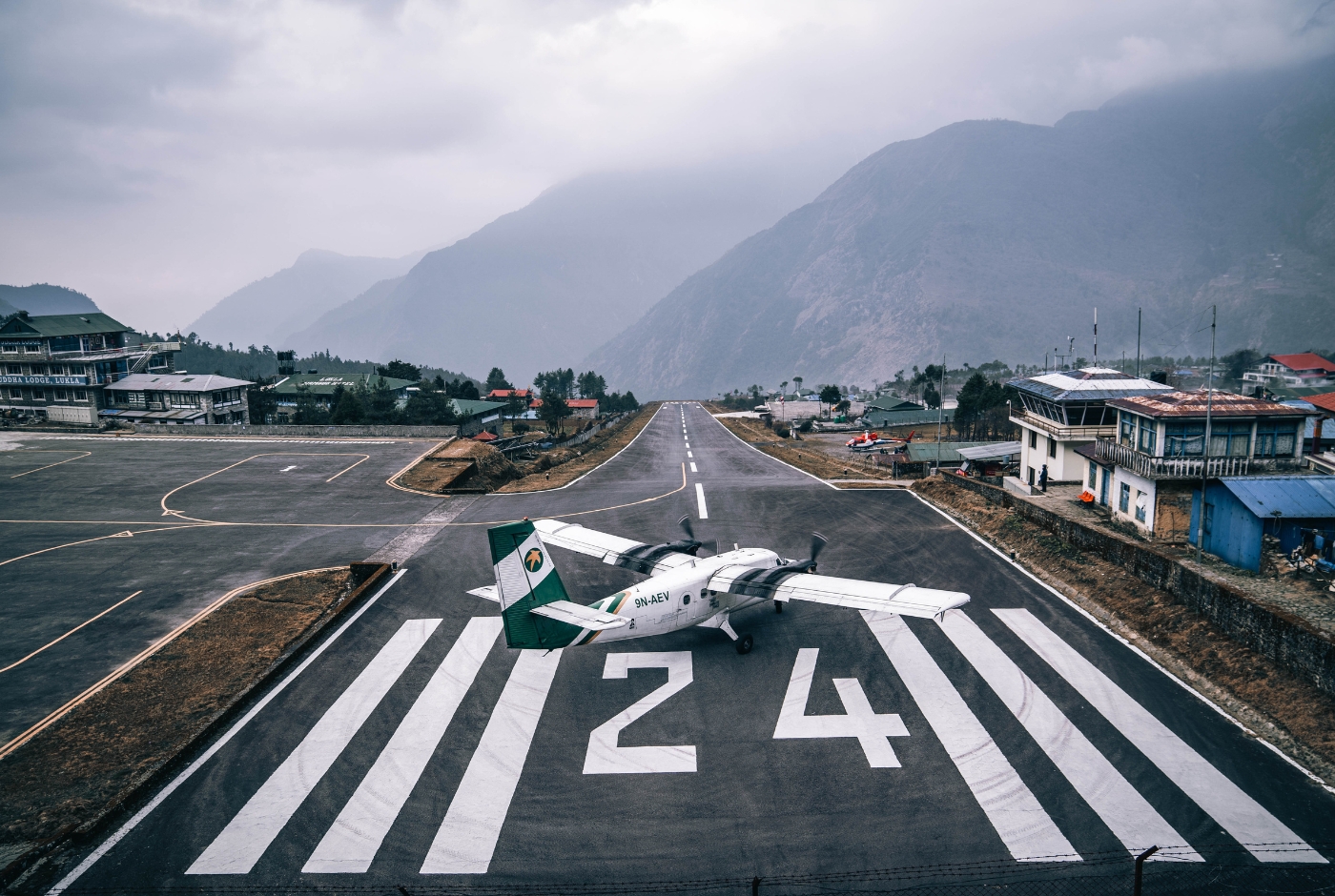
Many things can go wrong when trekking to the Himalayas because of the weather and terrain. Getting prepared for any inconvenient situations is always a good thing. The weather in Lukla is quite unpredictable and changes every minute, causing flight delays and cancellations. You may require a good deal of patience to deal with such situations. And that's why an extra reserve day at the end of the trek becomes helpful to avoid such situations. Thus, expect flight delays and cancellations regardless of the trekking season. Doing so will not lead to your dissatisfaction and will help you to plan wisely.
Nevertheless, despite its fun aspects, the shortcomings above dominate people’s minds while flying into Lukla. Therefore, here we list 10 Tips for the Best Lukla Flight Experience.
- Choosing the Right Time is Essential.
- Book the tickets in advance
- Make sure to sit on the window seat
- Arrive before the Check-in time
- Do mind the weight restrictions.
Clothes for comfort and warmth
What to pack usually depends on the trekking season but here are the basic things you need to consider while packing your clothes. Layering is essential, but at the same time, comfortable clothing is a requirement. Carry extra clothes to wear at night as nights are usually cold. We suggest you not carry woolen clothes as some woolen clothes may cause skin irritation and discomfort and takes a longer time to dry. Thick socks are essential to avoid blisters, and a beanie, hat, or cap keeps you warm or protects you from the sun. And, you never know what awaits you in terms of weather conditions, so you may consider carrying rainproof or snowproof jackets with you.
UV rays and sunscreen
Use high SPF sunscreen at high altitudes to protect yourself from harmful sun rays. A sunscreen higher on SPF is vital to protect your skin from UVA and UVB rays, as in the higher altitudes, the oxygen level is low, and the UV rays are pretty high. Therefore, use sunscreen frequently because you walk for hours, you may get sweaty, and sunscreen tends to wear off.
Headlights/torch, a savior in dark
Using headlights and a torch is essential, so carrying a torch while trekking is necessary. Not all teahouses in the Himalayan region have good electricity facilities. Therefore, a torchlight may come in handy to evade obstacles and dangers, for emergency and impromptu camping, signaling and giving directions, and illuminating your path in the dark. Similarly, sometimes the trek starts early before sunrise; therefore, headlights and a torch are helpful in such situations.
Sun and sunglasses
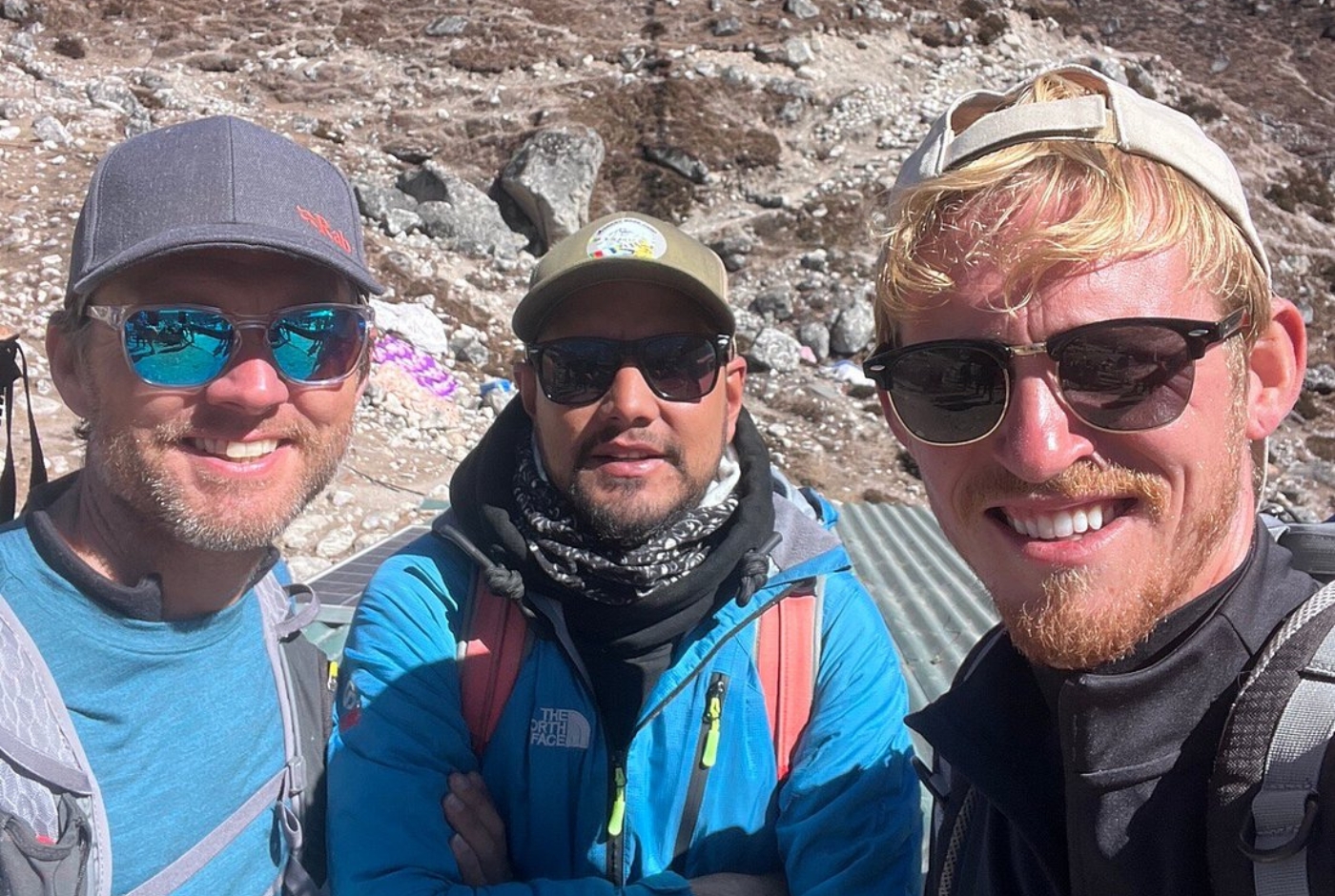
When you trek at a higher altitude, you will be exposed to UV light which affects your skin and eyes. Prolonged exposure to UV rays leads to severe conditions like cataracts and skin cancer around the eyelids, which many times may hinder your vision permanently. Therefore, sunglasses protect your eyes from UV light, and in higher altitudinal snow regions, it's always good to wear your sunglasses.
Save an extra day, act wisely.
An extra day in your trip itinerary allows you to avoid mishaps and gives you a day to relax before departure. There is a high likelihood of flight delays and cancellations. So, in such situations, an extra day makes your trip easier.
Show respect to locals, culture, the environment, and the animals
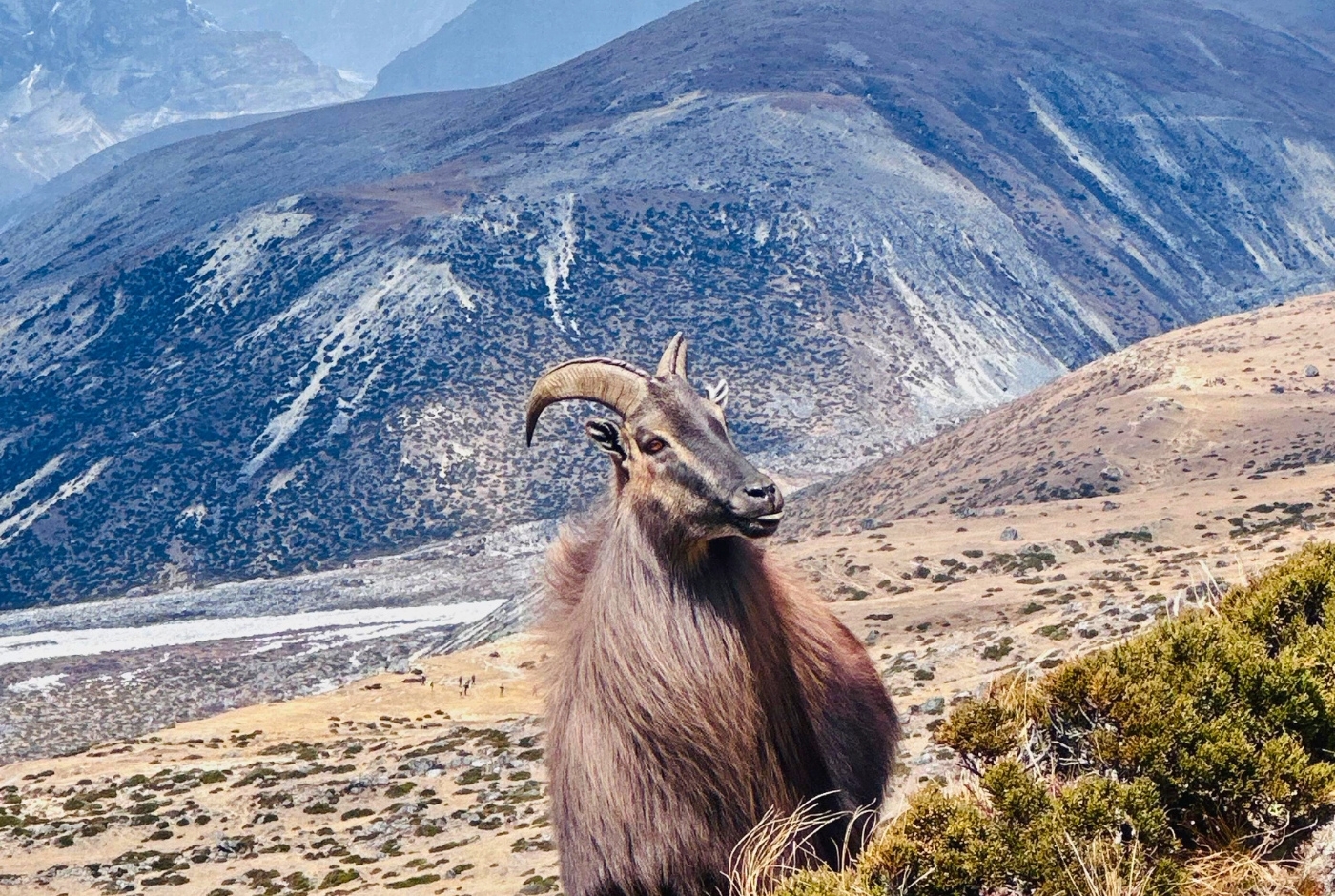
It's important to mention that trekkers show respect towards the surrounding nature, locals, and their culture. Sherpas, one of the most hospitable people in the world, have a fascinating culture which will add to your curiosity and you will find it quite interesting too. Therefore, asking questions to clarify your doubts is always a good idea. Along the trail, you will come across different religious artifacts like shrines and religious monuments. You are expected to show respect as they depict deep beliefs and values towards their respective religion. You are encouraged not to litter the surrounding areas as it can harm wildlife. Greet your fellow hikers and the locals, the greetings can be in English or a greeting word in Nepali, "Namaste" will do wonders for the locals as it's always nice when you try to speak the local language.
Gadgets, a solar power bank, and a universal power adapter are a must.
When you are trekking, your electronic gadgets are the first ones to give up. Therefore, having a power bank keeps your devices running for days and is a lifesaver in critical situations. These power banks are an absolute necessity for long treks and hikes. Although electricity is available along the trail, it’s pretty expensive, so a solar power bank will be a better option to save a penny.
Another essential gadget to bring during this trek is a universal power adapter. Only round pin sockets work in Nepal as Nepal operates on a 230 V supply voltage and 50 Hz.
Buy and use your gears before your trip.
Among many tips, buying all your trekking gear is crucial before you embark on your trek. And after you have bought your gear, make sure you use it before coming to the trek. Doing so makes you familiar with the gears and equipment you are likely to use during your trek, and at the same time, it allows you to check if they are working perfectly or not.
Explore more of Everest
It's your lifetime opportunity to be on such treks, so make the most of it. Everest region is a beautiful natural wonder, so relish the beauty of exploring the route of Gokyo Lake. The stunning turquoise-colored lake will leave you speechless. The Everest High Passes Trek might be something that may interest those who love challenging treks.
Enjoy the spectacular sunrise or sunset view from Kala Patthar
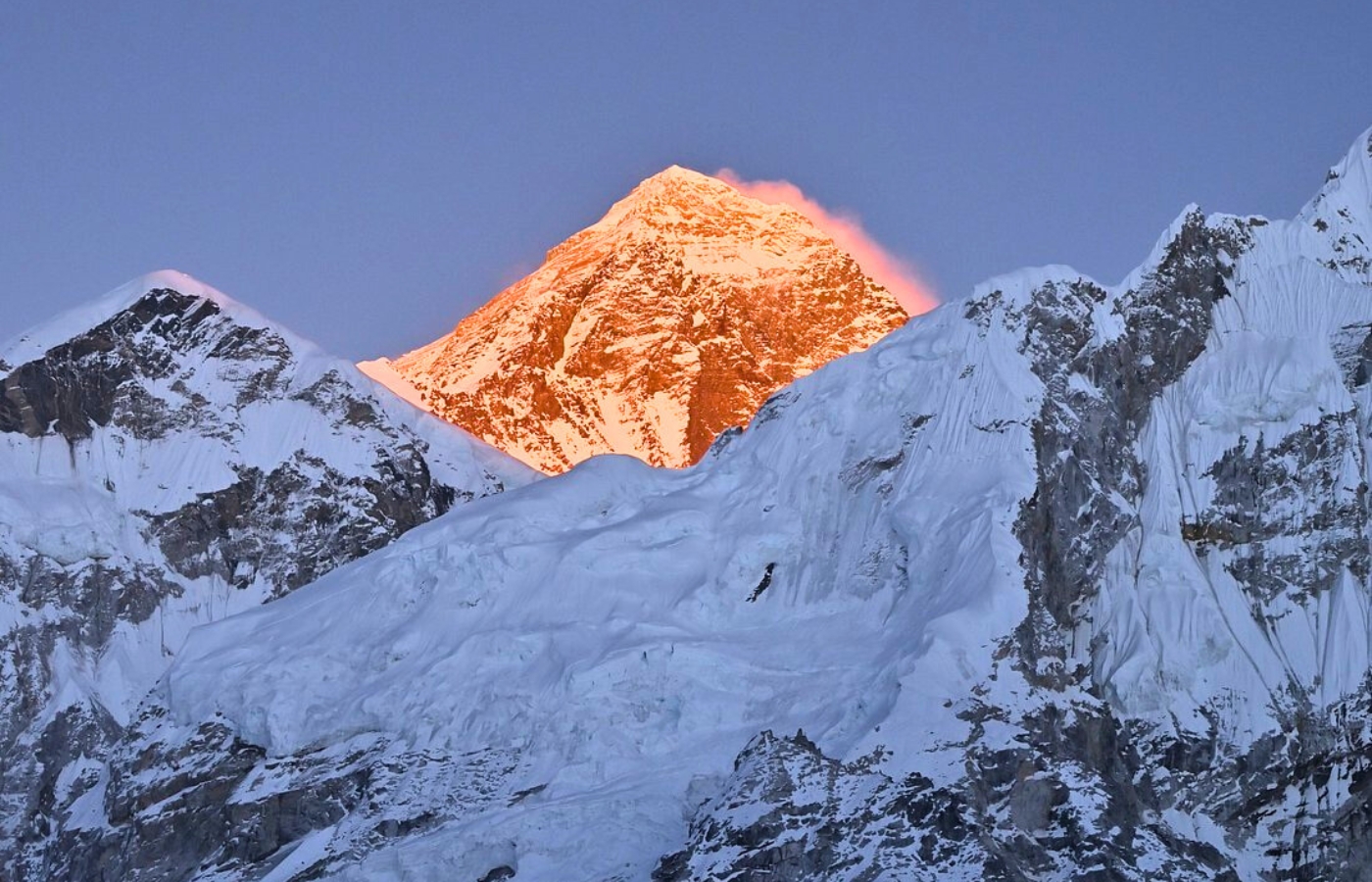
Who doesn’t love the view of sunrise and sunset? The mesmerizing sunset and sunrise views from Kala Patthar are something that you wouldn't like to miss. The golden cast of sun rays over Mount Everest offers a beautiful view of nature.
First aid kit
It’s good to carry a first-aid kit. Your first-aid kit should have Diamox, decongestants, Advil, or your choice of pain relief tablet, nasal lubricant, band-aids, alcohol wipes, and antiseptic cream. Check your travel first-aid kit before your trek.
As part of the Everest Base Camp package with us, your guide will carry a medical kit with all the basic medicines required for your trip, along with an oximeter, which is used to check your oxygen level and heart rate at high altitude.
Add on other essential accessories.
Trim your nails and toenails before the trip, as personal hygiene while trekking is vital. Carry a nail clipper to keep your toenails short so they don't cause discomfort. Hand sanitizers and a nail brush are something that you would want to carry for your hygiene. Hand wipes may be an add-on to wipe your face and body when the shower isn't possible in cold weather. Use Gold Bond powder, and this medicated powder helps to relieve itches, rashes, and sticky skin.
Familiarize yourself with the route, maps, and local tourist office
It's good to get familiar with the route beforehand with the help of a map, and this probably will be an essential thing to do. Also, visit local tourist offices to clear your queries and access information about the place.
Preparation is essential! The above trekking tips inspire you to take the EVEREST BASE CAMP TREK, an incredible adventure in the Himalayas. So, look no further. We've got you covered with our trekking tips. Hence, our tips allow you to appreciate the journey more.
We serve the best to give you the best!

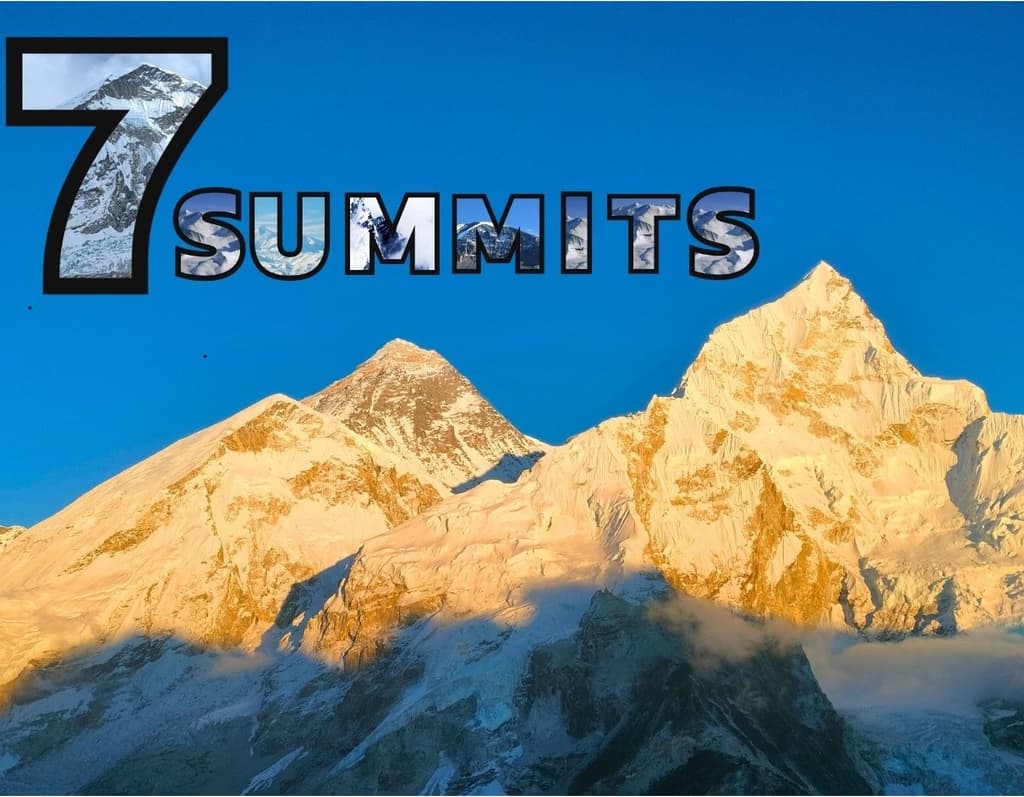

Post a Comment